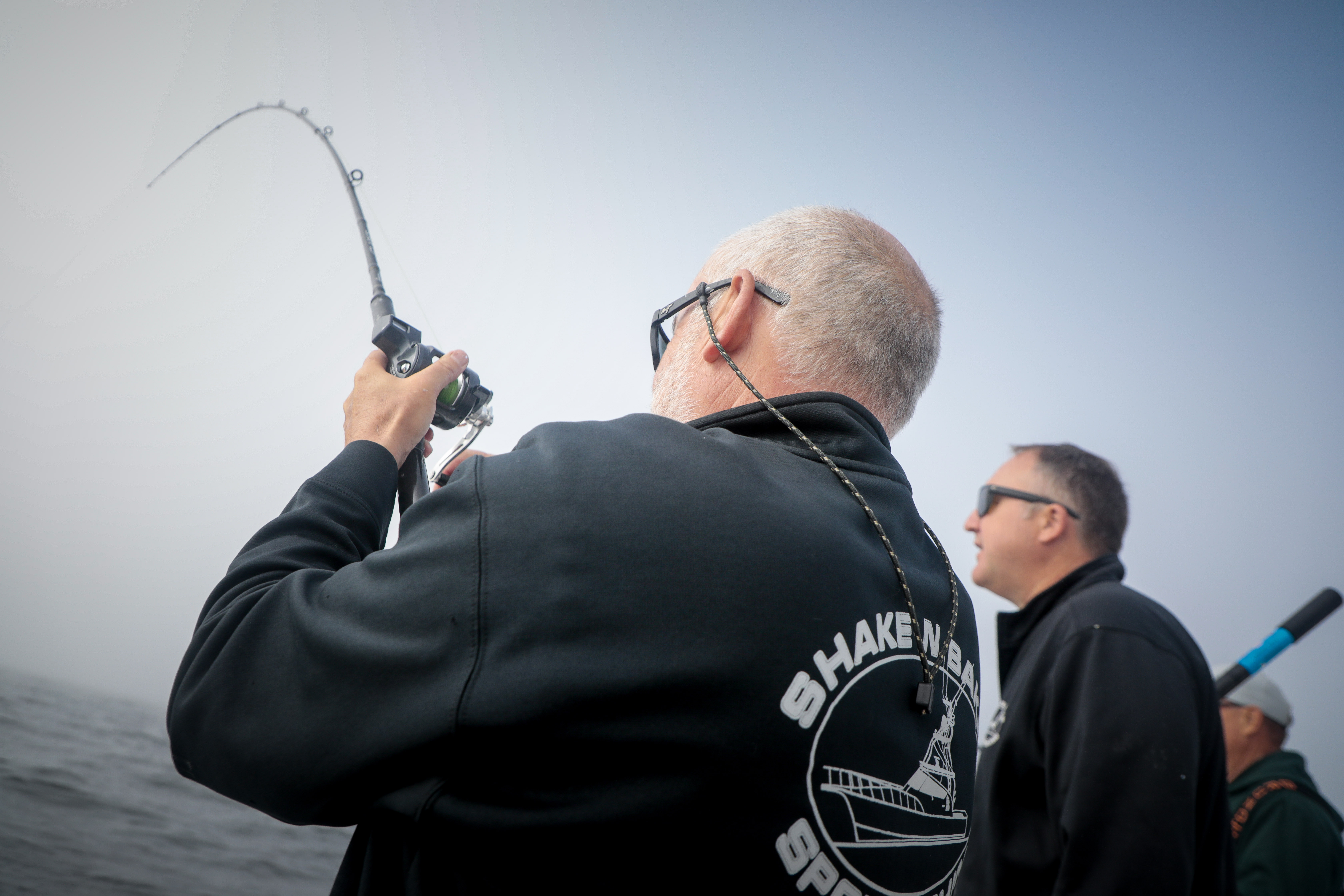Birding: Majestic American white pelicans increasingly at home here
Published 3:42 pm Thursday, October 24, 2019

- American white pelicans preen themselves on a local shoreline.
Lately, there have been several hundred magnificent big white birds feeding and resting in Young’s Bay. They stand out due to their very large wing span of about 9 feet, black flight feathers and a very large orange bill. In fact, they are among the largest birds in North America. I am sure you know by now, that I am talking about the American white pelican!
Trending
According to some reports, including on Oregon Public Broadcasting, the American white pelican was plentiful a hundred years ago, but has declined since due to habitat loss and the use of pesticides. In recent decades their population has experienced recovery. Their range encompasses much of the U.S., but it is considered rare in Western Washington (Sibley, 2014). However, scientific evidence indicates that the American white pelican seems to be expanding and establishing new sites. What we are now seeing here in Peninsula waters and on Young’s Bay supports this finding.
They nest on fresh water lakes and rivers. Scientists suggest that the drought in Oregon and California may be what is pushing American white pelicans northward to our area. On May 17, 2013 the Daily Astorian reported the sighting of a “flock of white pelicans drifting on the tide in the Columbia River in the vicinity of the Young’s Bay Bridge.” The most recent sighting of a flock of about 200 or more in Young’s Bay appears to be one of the largest sightings yet. In more recent years, sightings have also been reported in our area, especially in Chinook, Ilwaco and Willapa Bay, and increasing numbers have usually been observed annually.
One of the first sightings of American white pelicans on the Peninsula was reported by me in August 2010. I photographed it at the foot of Bolstad in Long Beach. It was a single bird that joined a group of brown pelicans that were drifting in the surf just offshore. Since then, one or more white pelicans have generally been seen at least once annually.
Trending
People often assume that white pelicans feast on young salmon, but biologists have discovered that white pelicans eat small, mostly non-game fish, amphibians and crayfish, according to OPB. They tend to forage in shallow waters, where several pelicans cooperatively herd and then scoop their prey. They will feed in fresh or salt water (Sibley, 2014).
American white pelicans are very susceptible to human disturbance. It doesn’t take much for them to abandon their nesting site. It is to be hoped that this majestic, white bird that weighs 10 to 13 pounds and sports a wing span wider than a semi-truck continues to visit the Long Beach Peninsula.
”Common Birds of the Long Beach Peninsula,” by Kalbach and Stauffer, is available from the Chinook Observer, Bay Avenue Gallery, Time Enough Books and the Long Beach Peninsula Visitors Center.









